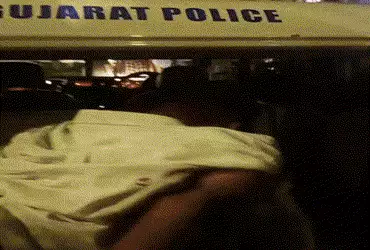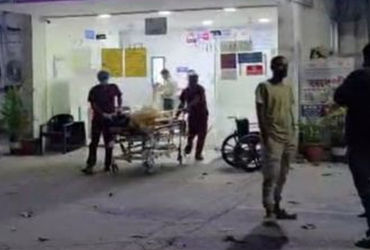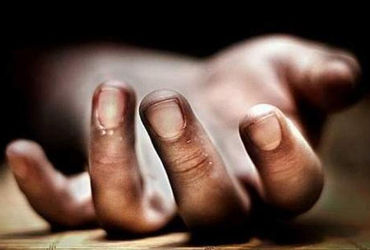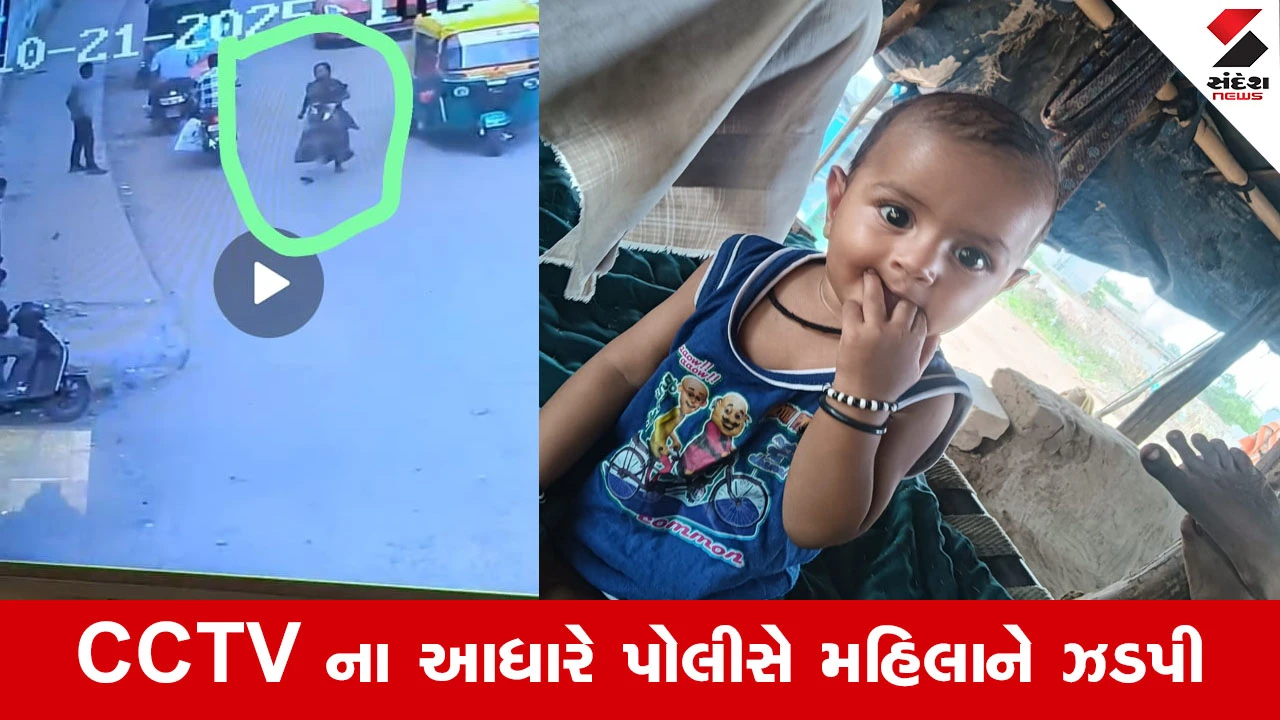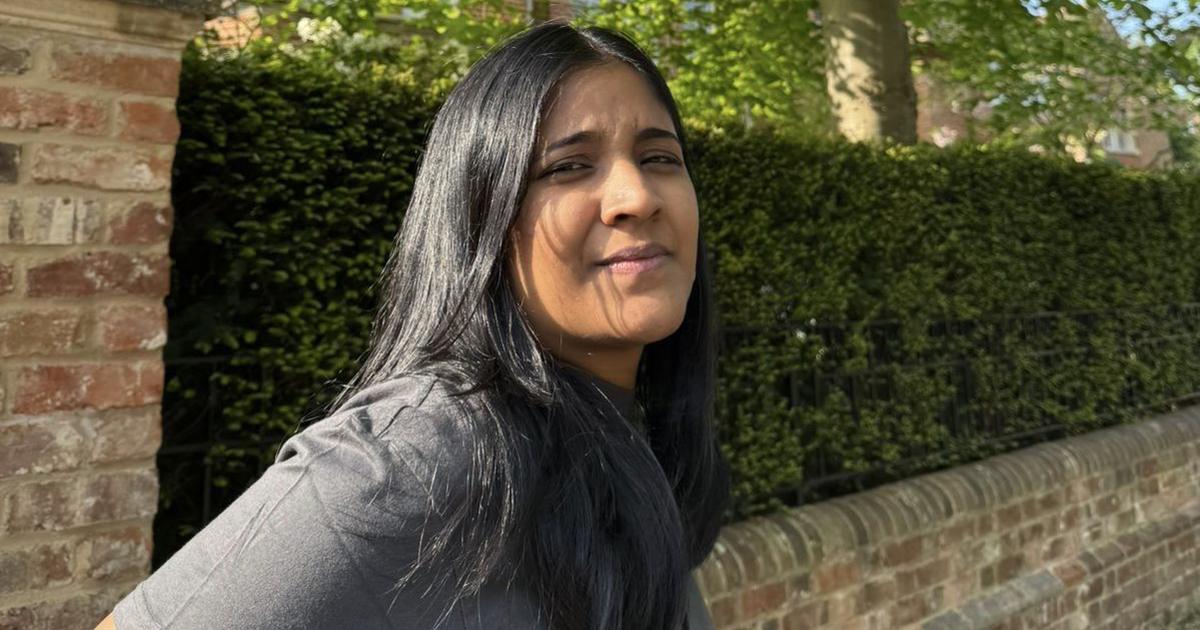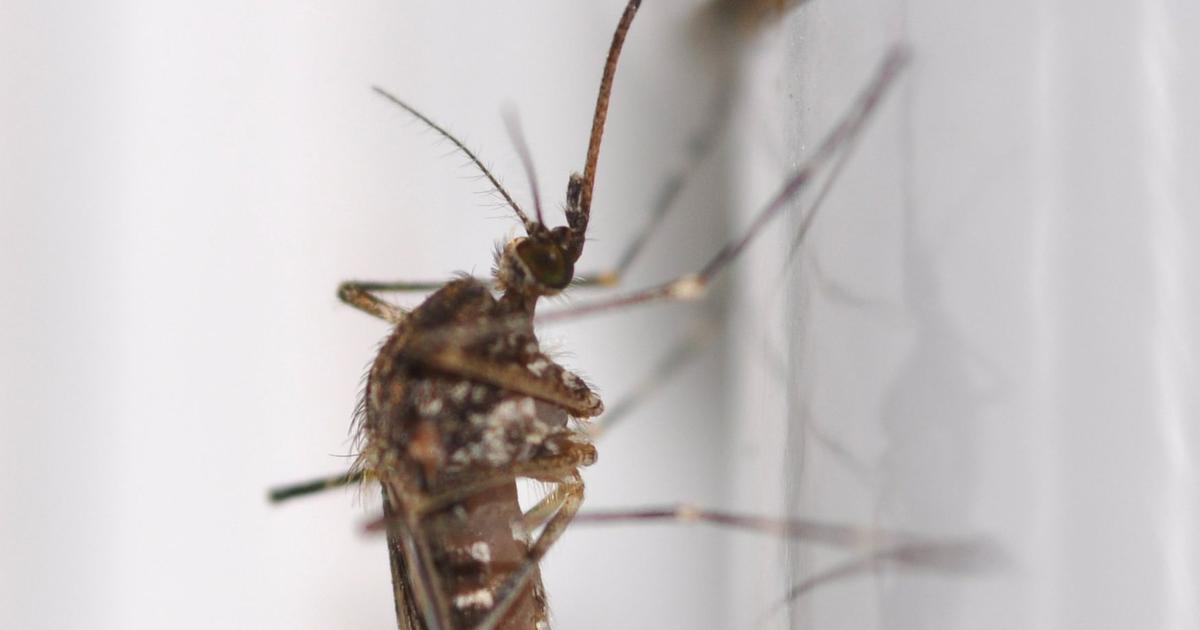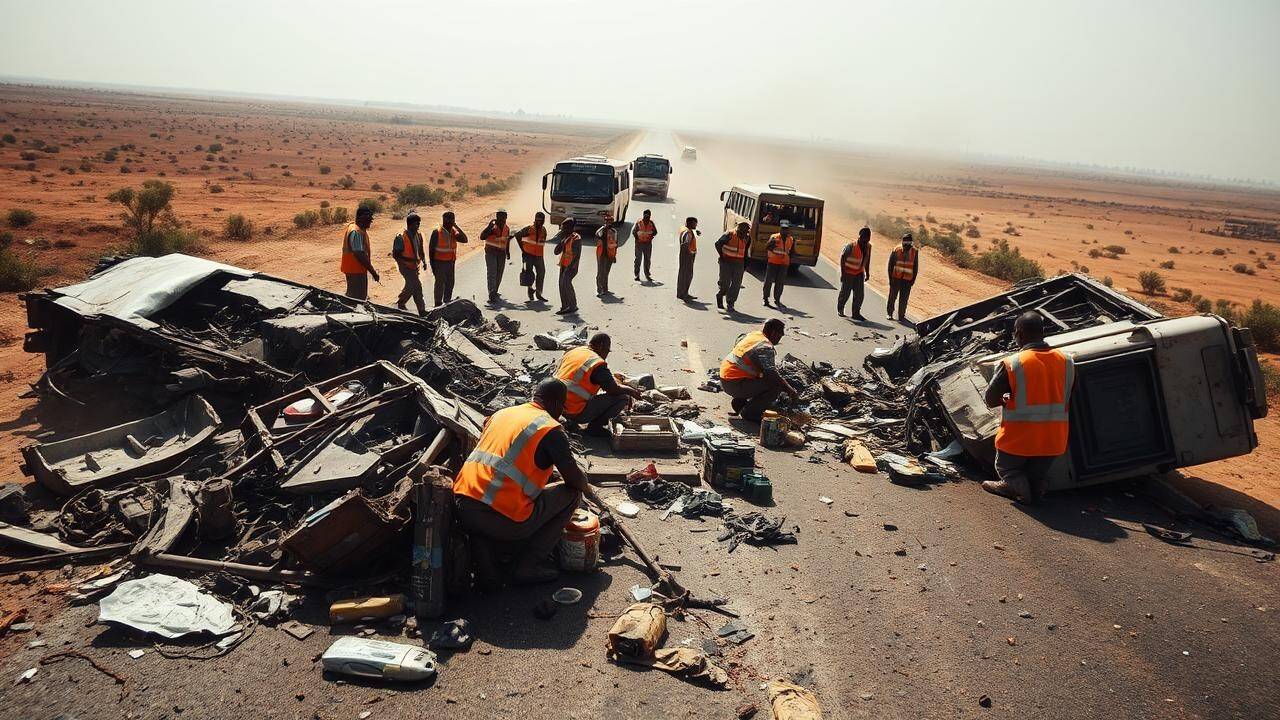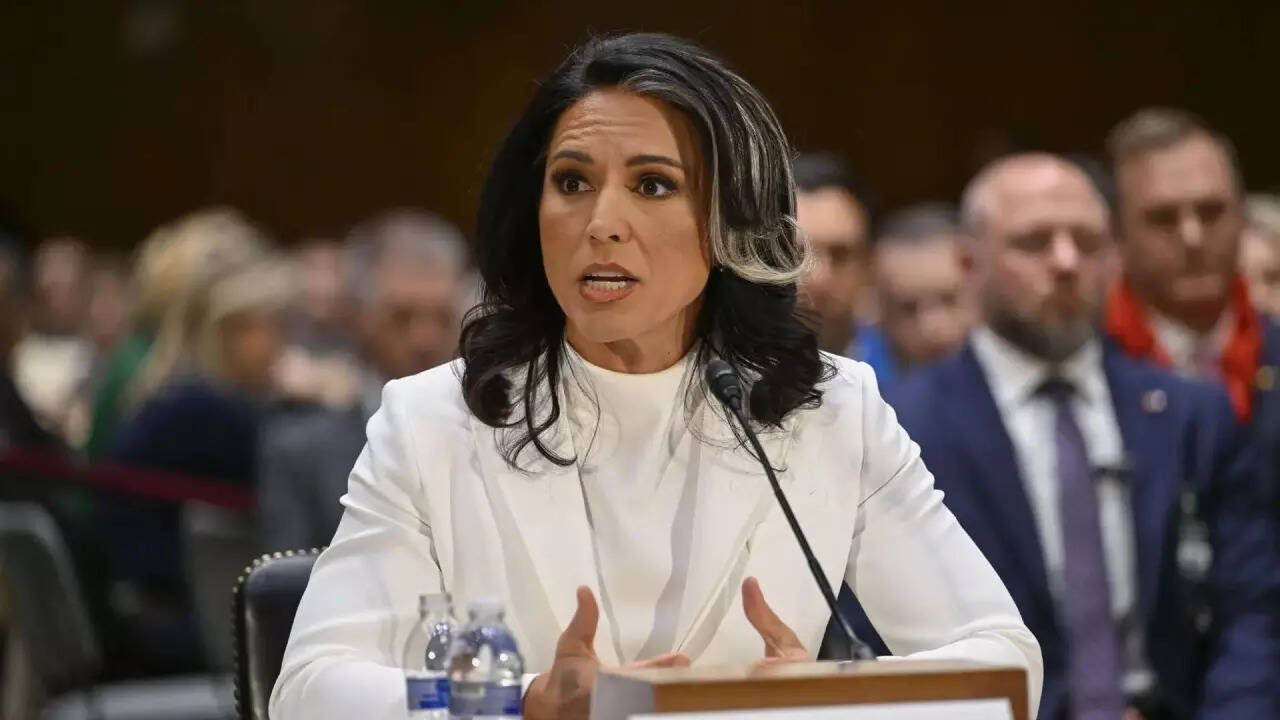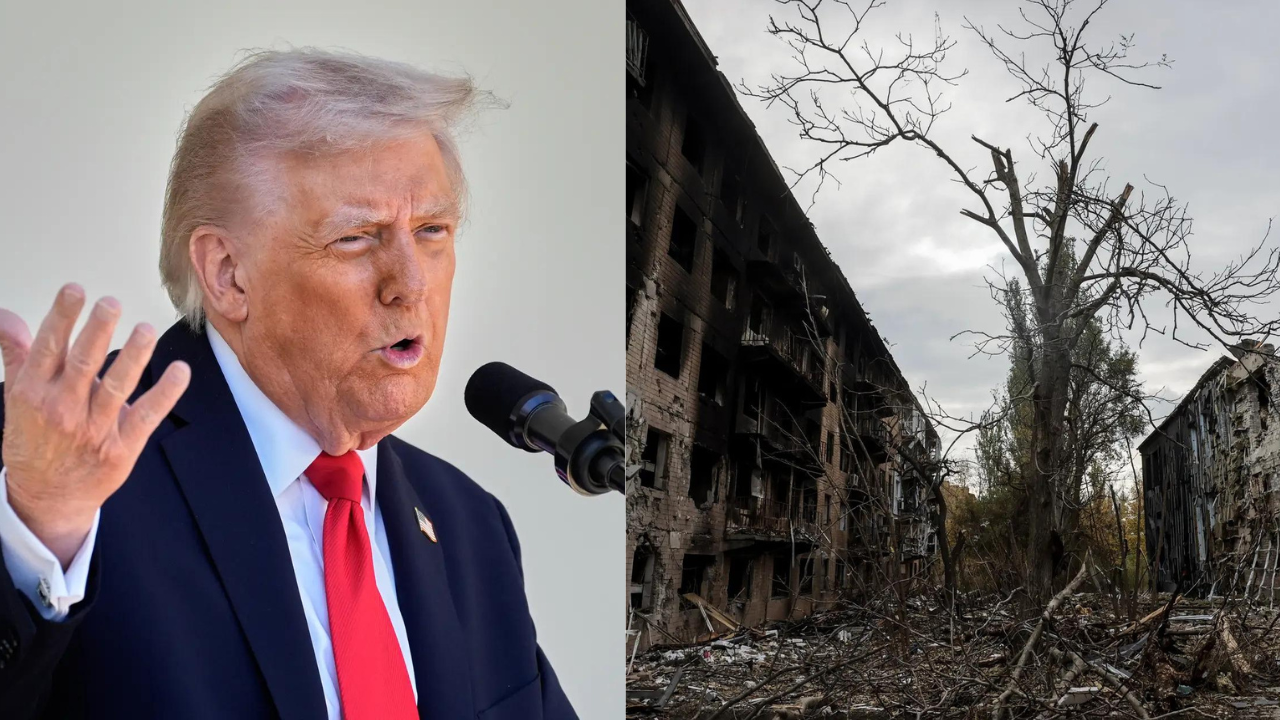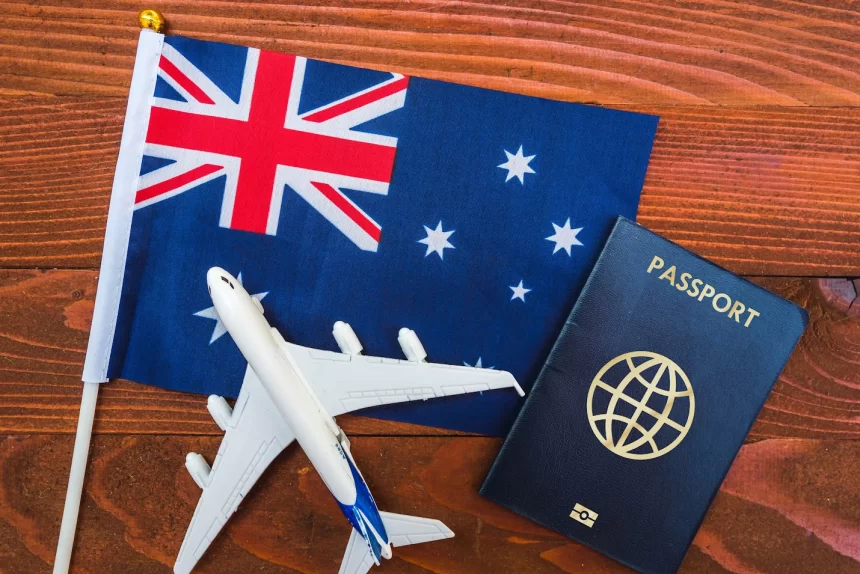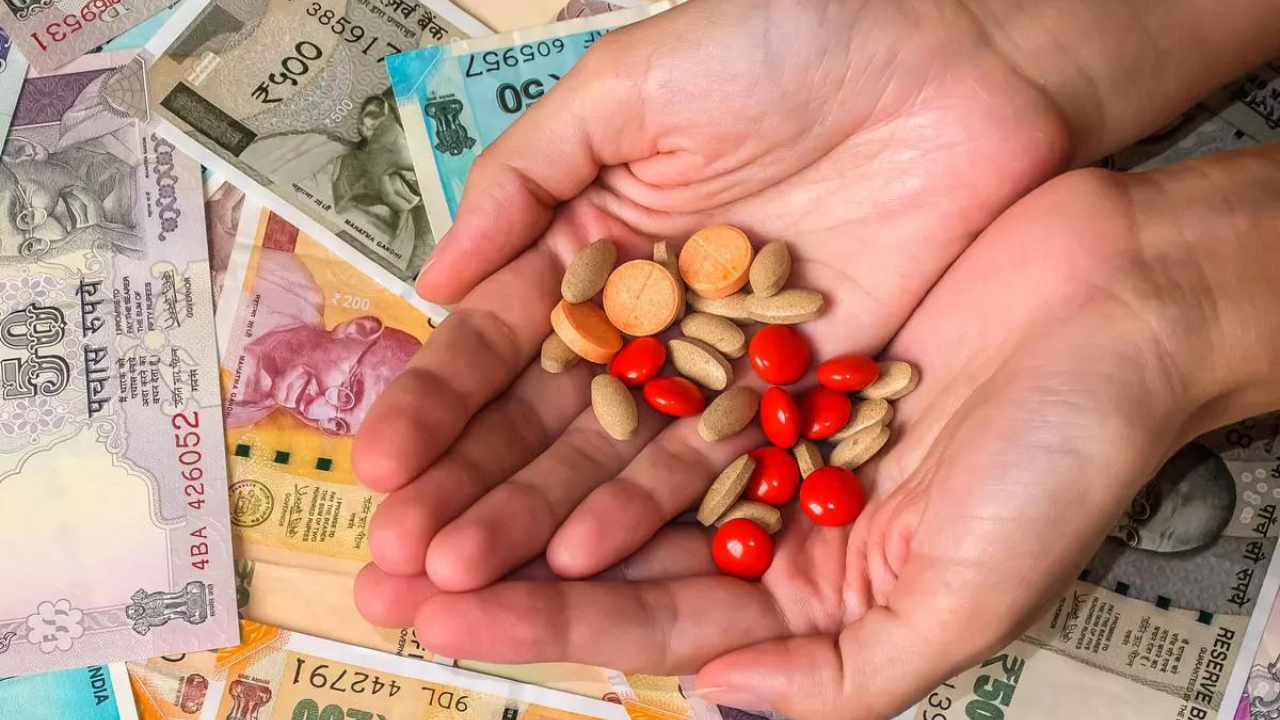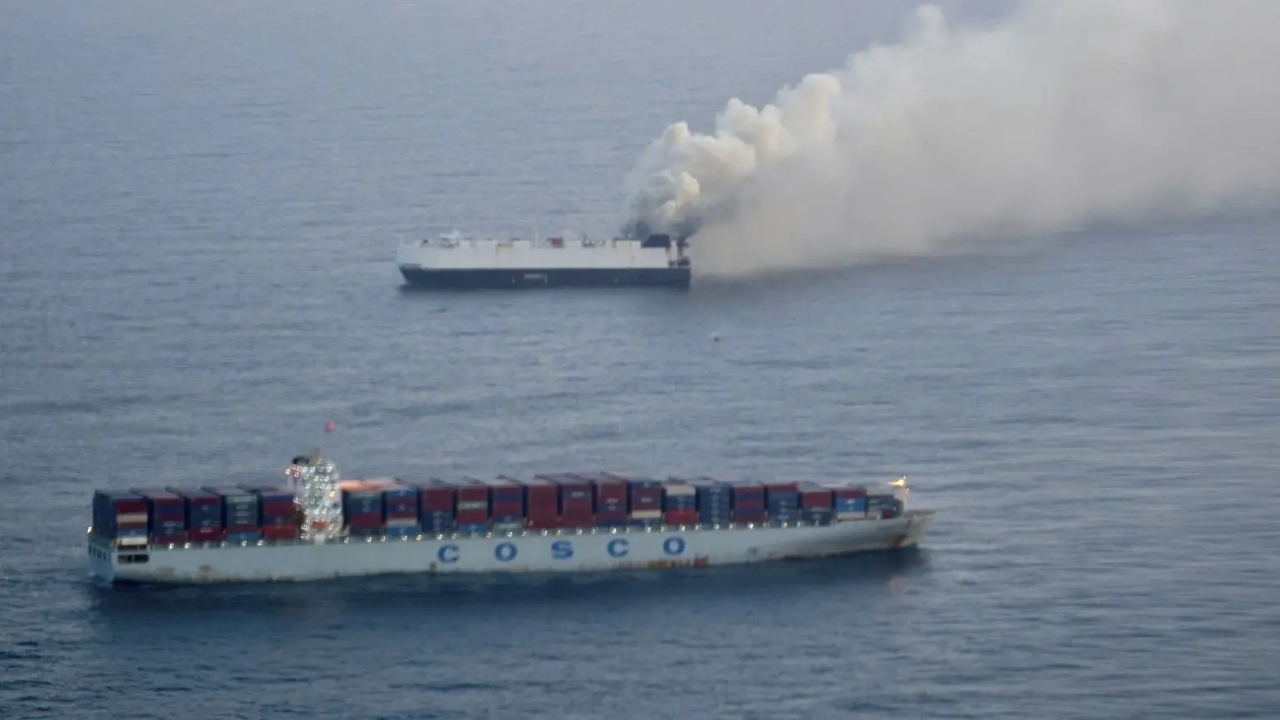Delhi air quality remains ‘very poor’ following Diwali festivities
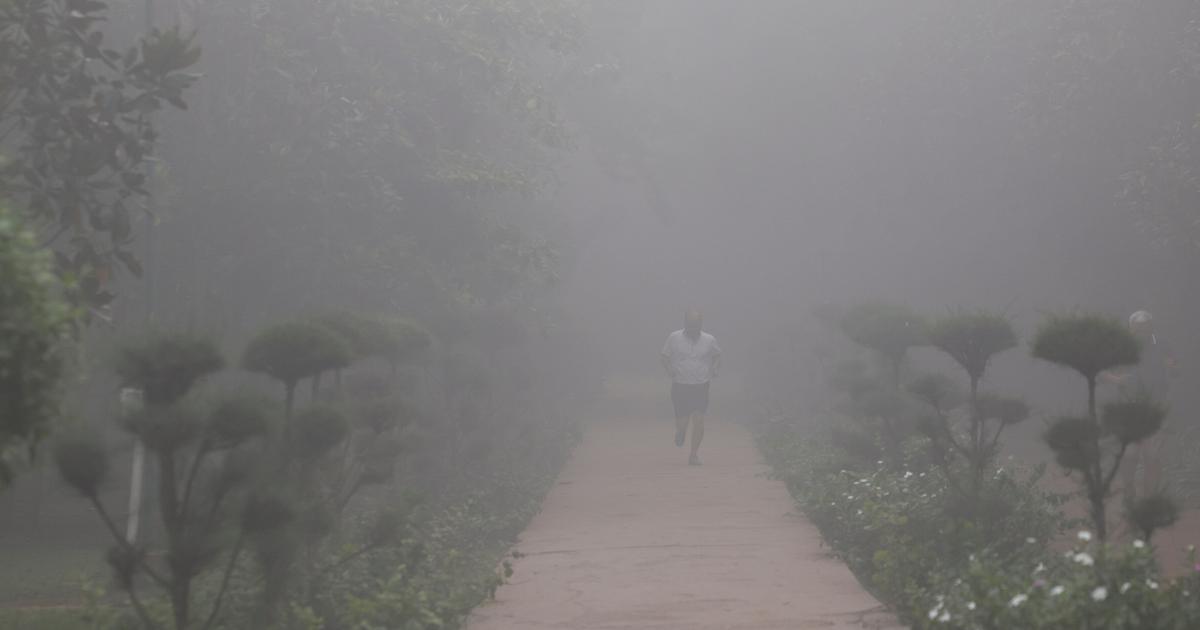
Join our WhatsApp Community to receive travel deals, free stays, and special offers!
- Join Now -
Join our WhatsApp Community to receive travel deals, free stays, and special offers!
- Join Now -

Delhi continued to be covered in toxic haze for the second consecutive day on Wednesday after Diwali festivities. The Air Quality Index in several parts of the national capital remained in the “very poor” category.
The average AQI at 11.06 am was 334, categorised as “very poor”, according to data from the Sameer application, which provides hourly updates published by the Central Pollution Control Board.
However, the AQI in the Punjabi Bagh area was in the “severe” category at 411.
An index value between 0 and 50 indicates “good” air quality, between 51 and 100 indicates “satisfactory” air quality and between 101 and 200 indicates “moderate” air quality. As the index value increases further, air quality deteriorates. A value of 201 and 300 means “poor” air quality, while between 301 and 400 indicates “very poor” air.
Between 401 and 450 indicates “severe” air pollution, while anything above the 450 threshold is termed “severe plus”.
Air quality deteriorates sharply in the winter months in Delhi, which is often ranked the world’s most polluted capital. Stubble burning in Punjab and Haryana, along with the lighting of firecrackers, vehicular pollution, falling temperatures, decreased wind speeds and emissions from industries and coal-fired plants contribute to the problem.
On October 15, the Supreme Court permitted the sale and use of green firecrackers in the...
Read more
What's Your Reaction?
 Like
0
Like
0
 Dislike
0
Dislike
0
 Love
0
Love
0
 Funny
0
Funny
0
 Angry
0
Angry
0
 Sad
0
Sad
0
 Wow
0
Wow
0
